The Lyons School was built of local brownstone in 1784, replacing an older wooden structure that had burned down. The little schoolhouse was used until 1902. It was the oldest school in Newark when it was moved to the Newark Museum in 1938.
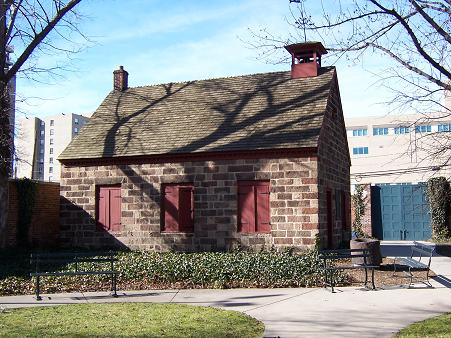 |
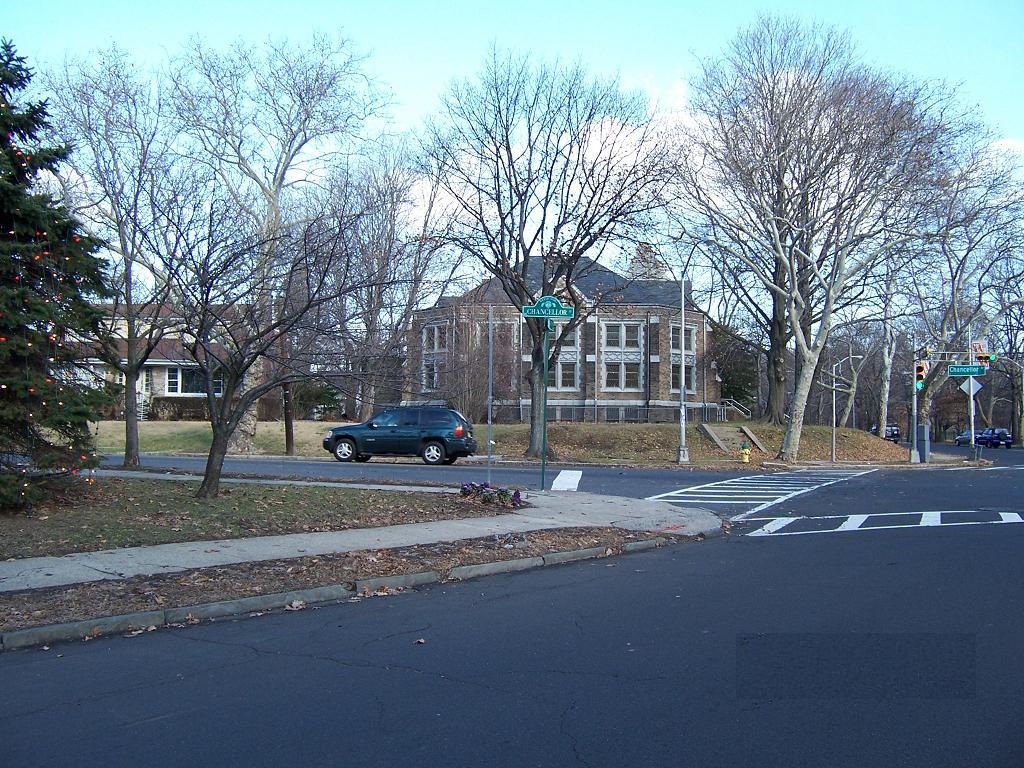 |
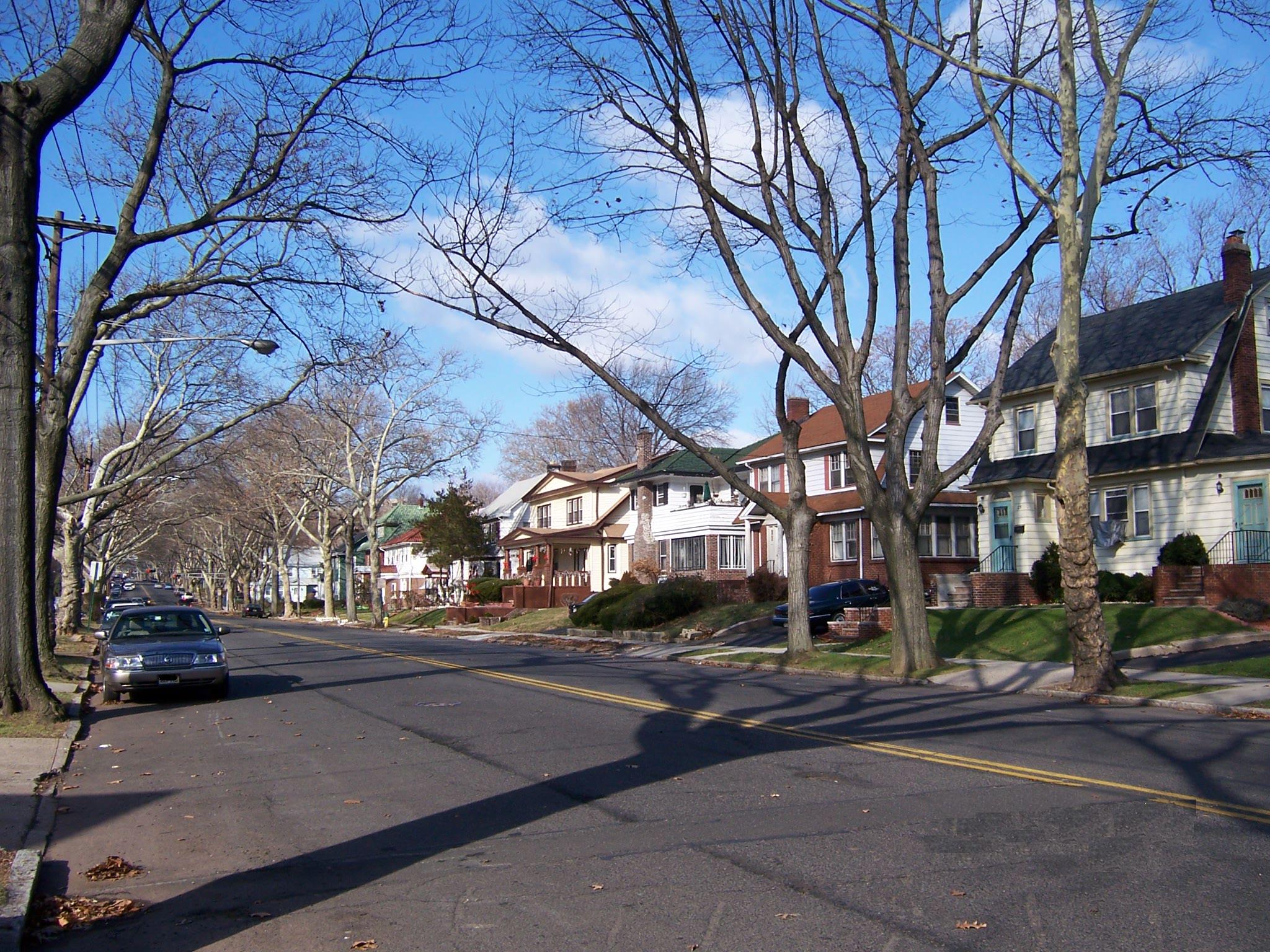
The Weequahic district of Newark was the last to be developed. Frank J. Bock principally developed the area in the first decade of the Twentieth century. It was Bock who applied the name of the then undeveloped Essex County park - Weequahic - to this district.
Bock had a vision of an upper middle class paradise. On side streets Bock installed center malls for plantings, flowers, and trees. Houses would be built in a variety of unique styles, with many amenities. Bock himself lived on Custer Avenue.


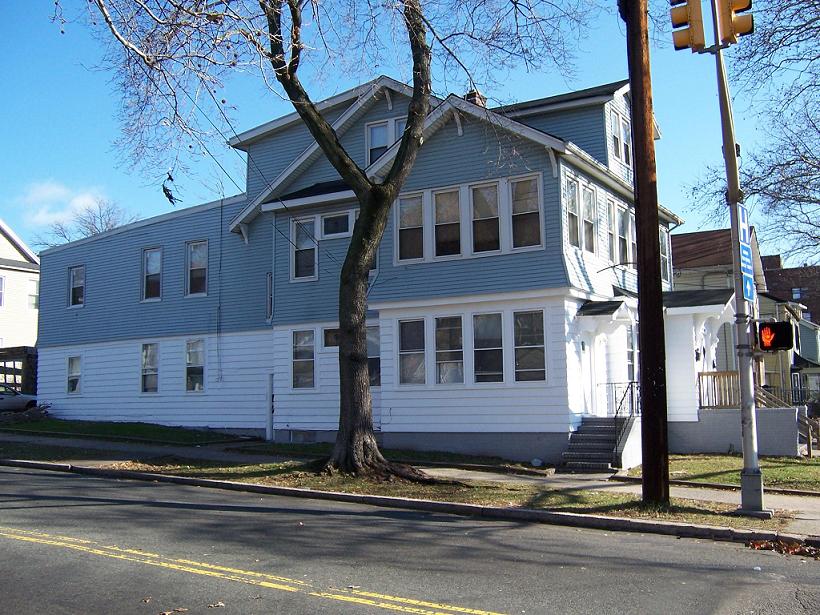
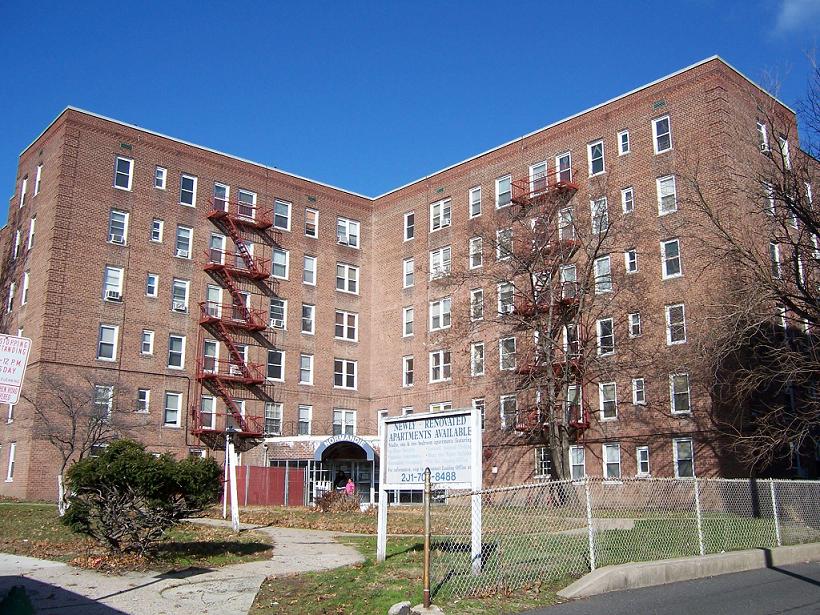
A sister of Aaron Copland, Mrs. Josephine Copland Bergman, lived in the Normandie Apartments until her death in 1967, a few weeks before the disturabances. Mrs. Bergman and her husband owned the Academy Auction Gallery here in Weequahic.
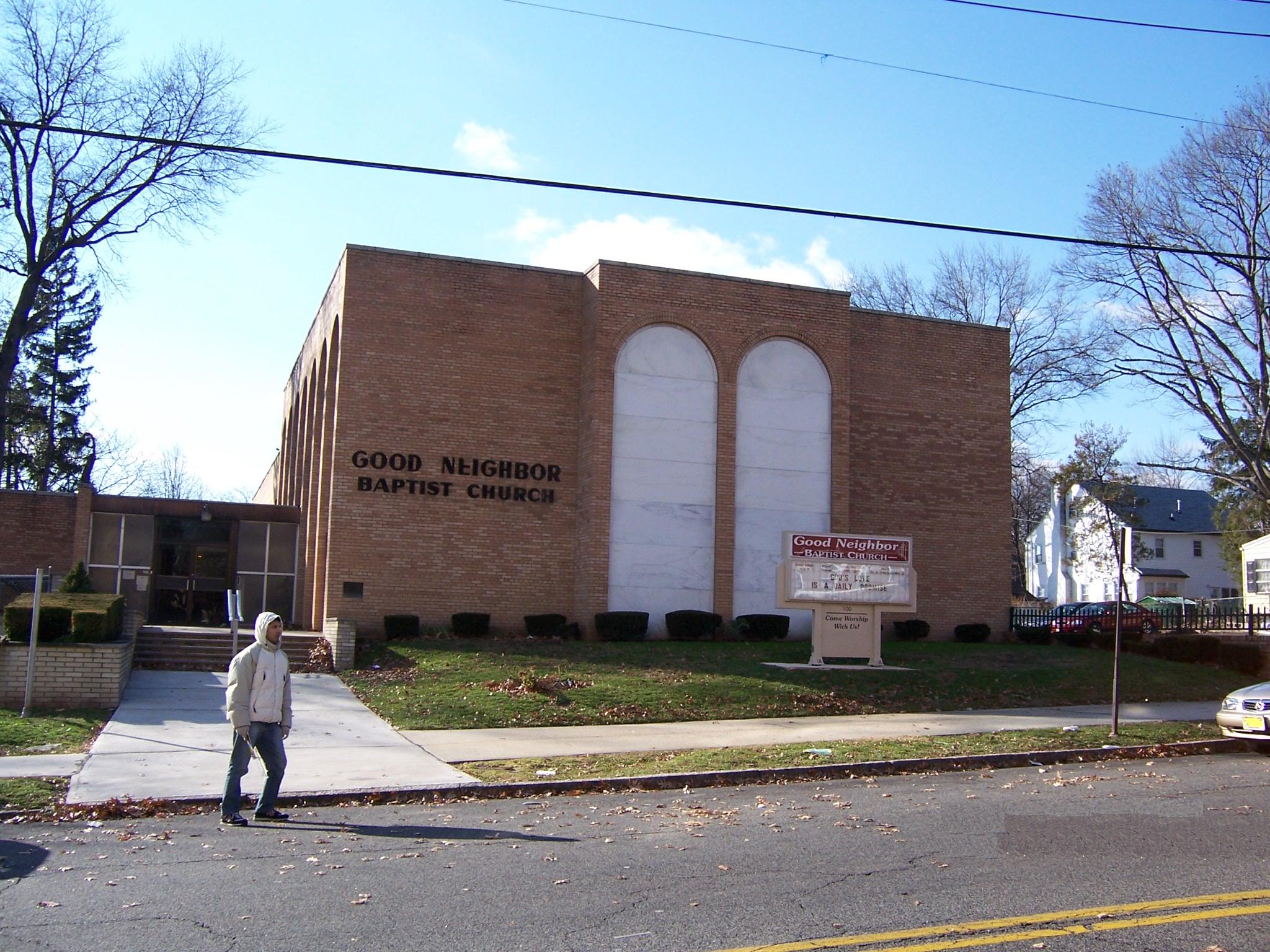
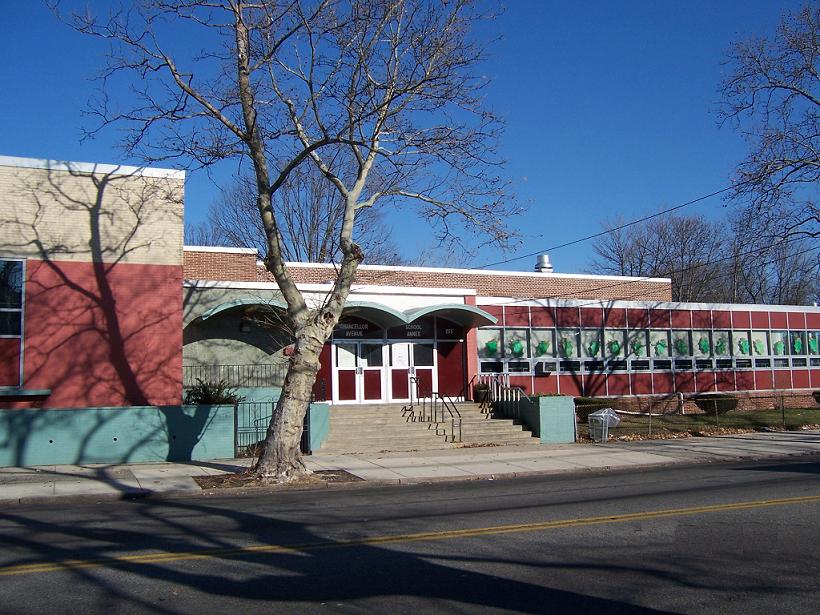 |
Another anecdote that indicates just how unexpected the transformation of Weequahic was to its 1950s residents is the saga of the Chancellor Avenue YM-YWHA.
The Chancellor Avenue Y was built as the replacement for the High Street Y, which closed in 1954. Its architect was Erwin Gerber. As related by Nat Bodian for oldnewark.com, the leaders of the Jewish Federation refused to spend more than $1 million on the Chancellor Avenue Y due to the conviction that Jewish Weequahic would ultimately be as ephemeral as the Third Ward, High Street, and every other Jewish urban neighborhood. What is tragic is that the leaders of the Federation believed that Weequahic would have enough Jews to support the Y for thirty years. Ultimately, the YMHA was sold to the Board of Education in 1968, thus, the Chancellor Avenue Y did not even make it to one-third of its projected lifespan.
What is interesting about this story is that in its first year the Chancellor Avenue Y was such an enormous success that it actually had a waiting list of people wanting to join. The Y's director said in the New York Times, "we have repeated evidence of familes who have indicated that they no longer have to flee from Newark."
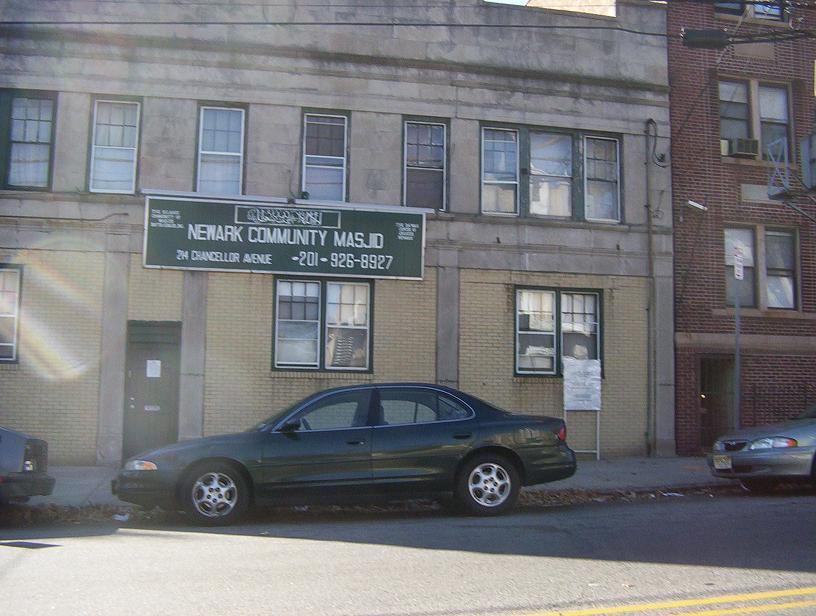
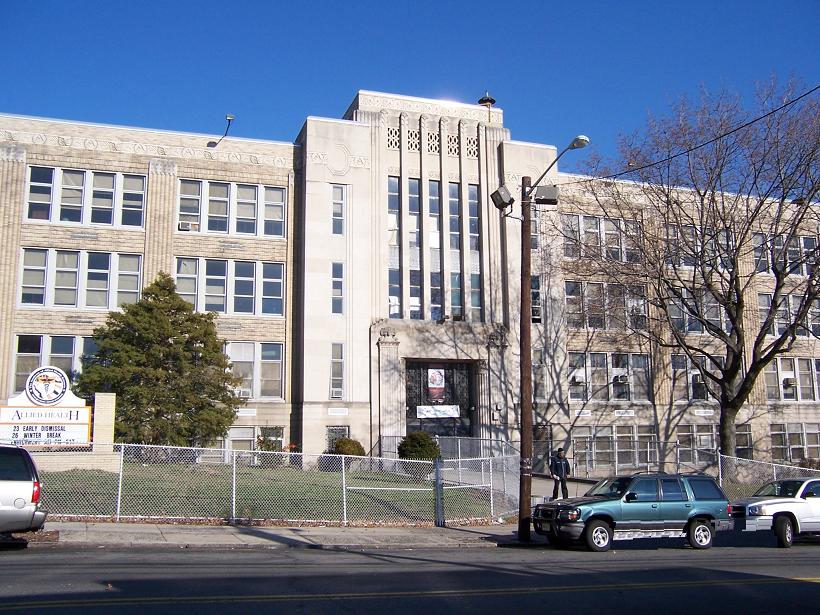 |
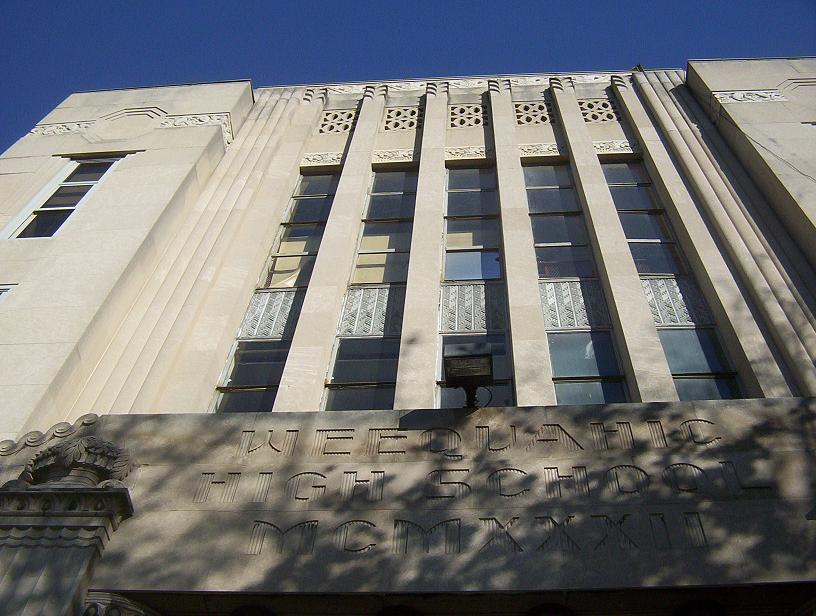 |
Epstein's comments are more than just rose-tinted nostalgia and the bragging that all principals make. "In the 1950's and 60's, the Commission of Secondary Schools of the Middle Atlantic States Association of Colleges and Schools repeatedly cited Weequahic High School as 'one of the most outstanding high schools in the country,' and in 1963 the school ranked first in New Jersey in the number of graduates who had earned Ph.D's in the previous five years." (New York Times, Sept 17, 2006)
In Portnoy's Complaint Philip Roth gives a sense of what Weequahic was like through two (legendary) Weequahic fight songs:
Give a yell, Give a yell,
A good, substantial yell
And when we yell, we yell like hell
And this is what we yell
Ikey, Mikey, Jake, and Sam,
We're the boys who eat no ham
We play football, baseball, soccer
We keep matzohs in our locker.
Aye, aye, aye, Weequahic High!
White bread, rye bread,
Pumpernickel, challah,
All for Weequahic,
Stand up and hollah!
Weequahic's academics are are not what they once were. Prior to the change in SAT scoring, WHS' average SAT score was 700. In 1995-1996, not a single student reached 1000.

Philip Roth's old house is on Summit Avenue, about one block from Weequahic High School.
Roth was born at Beth Israel hospital in 1933. His father made $125 per week working for the Metropolitan Life Insurance Company and Roth seems to have had a charmed childhood in the heart of a flourishing, tight-knit ethnic neighborhood.
Despite their wonderful childhoods, neither Philip Roth nor his brother ever lived in Newark again after they went off to college in the late 1940s/early 1950s. Roth's brother went to college intending to be a graphic designer, Philip went to Bucknell to be a lawyer. Thus, Jewish Weequahic was doomed by the upward mobility of its children as much as it was by the construction of I-78, post-WWII anti-urban policies, and the Uprising/Riots.
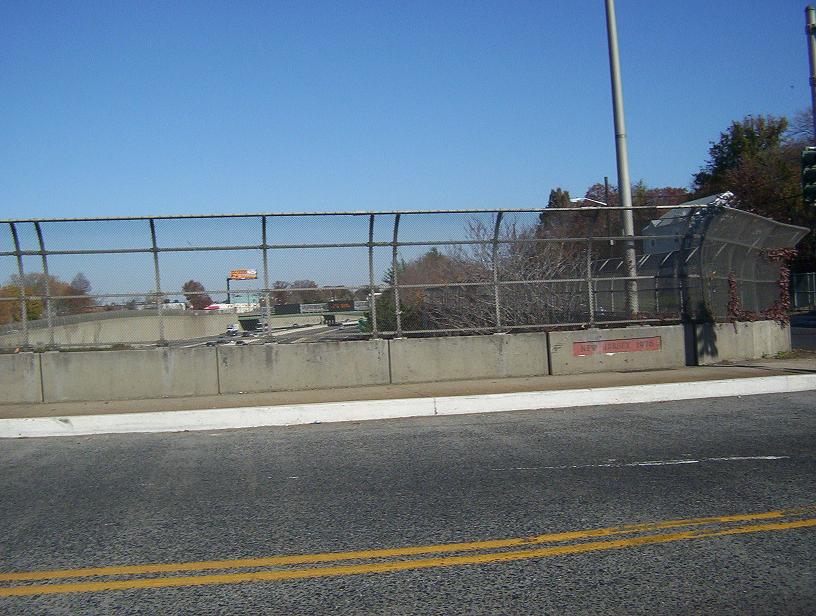
Indeed, the construction of I-78 was highly destructive. Hundreds of houses and stores were demolished to make make for the eight-lanes of asphalt. After the land was cleared, it took three years to begin construction of the roadway. During the vacant time the zone of I-78 was a long route of weeds, rubble, and ratholes.